The Rhythm for Reading blog
All posts tagged 'Music'
Sensitivity to rhythm is all around us
14 November 2022A few weeks ago, in an inset session at a wonderful school with beautiful inclusive approaches in their group teaching, I mentioned that rats have the same limbic structures as humans. The limbic system is the part of the brain that deals with our mammalian instincts. These keep us in tune with social information, such as social status and hierarchy, protecting and nurturing our children, bonding with sexual partners and managing affiliation. It’s a logical assumption that if we share these limbic structures, rats like humans should be able to keep time with a musical beat - or their equivalent of that. So, it was no surprise to learn that Japanese researchers have shown that rats can indeed bob along and keep time with a musical beat.
It was back in the 1980s, when American scientists first discovered the genes that determined the rhythm of the mating song of fruit flies. If we think of rhythm as a musical trait exclusive to humans, these findings in rats and flies are simply amusing, novel or entertaining. On the other hand, the bigger picture behind these findings would suggest that the natural world is inherently structured by environmental and behavioural patterns organised by rhythm. If we think of rhythm as a system of ratios, proportions and repetition, then the math of rhythm is obvious. There are cycles and rhythmic flows in tides and weather systems and indeed, migration patterns follow these cycles. In individual organisms, as well as in shoal, pod, flock and herd movement, rhythmic patterns underpin locomotion and communication. Even a human infant’s stepping reflex is organised around the inherent rhythmic systems that we share with many other species.
We humans are particularly happy when our stylised rhythms achieve a hypnotic effect, for example in Queen’s ‘We will rock you,’ - one of the songs used by the Japanese scientists to detect the sensitivity to rhythm in rats. Halfway through the Rhythm for Reading programme, this same rhythmic pattern appears and is always greeted with enthusiasm by teachers and children as a fun part of the reading intervention. Look out for the next post, which explains the connection between hypnotic rhythm, flow states, reading fluency and reading comprehension.

Empowering children to read musical notation fluently
4 November 2022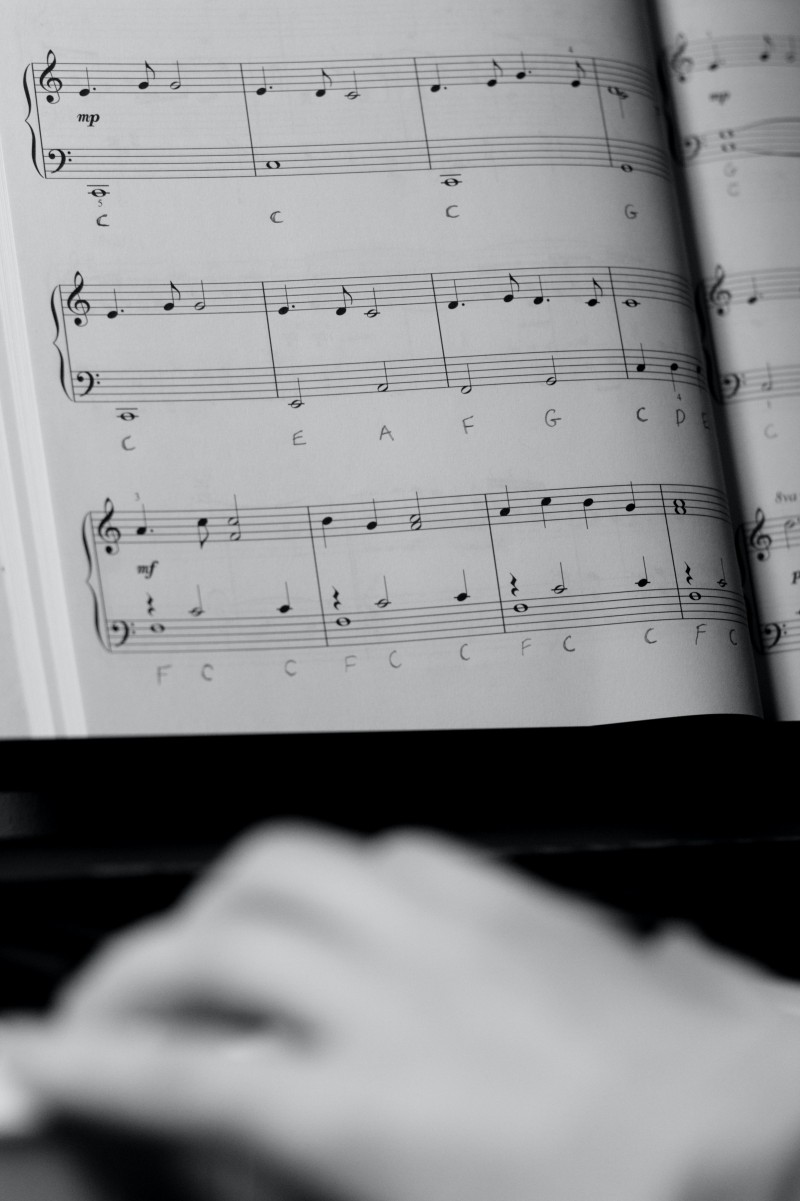
Schools face significant challenges in deciding how best to introduce musical notation into their curriculum. Resources are already stretched. Some pupils are already under strain because they struggle with reading in the core curriculum. The big question is how to integrate musical notation into curriculum planning in a way that empowers not only the children, but also the teachers.
There are tried and tested ways of teaching musical notation which transcend age, and are best suited to pupils who process information with ease. Traditionally, piano teachers begin with mnemonics for the notes that sit on the lines of the stave EGBDF (Every Good Boy Deserves Favour) GBDFA (Good Boys Deserve Fun Always) and for the notes that sit on the spaces FACE (Face) and ACEG (All Cows Eat Grass). Many teachers use these mnemonics to introduce a series of line notes and / or space notes all at once, which creates a heavy cognitive load.
What about all the children who struggle to process information, reading with ease and fluency?
The tried and tested method of adapting musical notation for children who struggle to process the information, is to add more information and increase he cognitive load even more.
What’s on earth is going on here?
Music teachers want children to enjoy making music and to have fun producing sounds on their instruments and they hope that in time, reading notation will gradually become familiar and easier to read. Until that point, music teachers add extra information to remind the child of the letter names of the notes. In the same vein, music teachers often add numbers representing the finger patterns, to remind the child how to produce sounds on the instrument.
Soon enough, the page is cluttered with markings and the child has to select which markings to read.
These markings are intended as a quick fix, aiming to keep the child engaged, but they inevitably become reliant on the letters, or the numbers, or both. This approach sets the child up to fail in the sense that they do not learn to read notation at all and believe that it is too difficult for them.
What could teachers do differently to support children who do not process information with ease and fluency?
A more inclusive approach would limit the cognitive load on children’s reading - which is what we do in the Rhythm for Reading Programme. Rather than teaching all the notes at once, we focus on just a few notes and develop fluency and fun in reading right form the start. Instead of learning musical notes at the same time as playing musical instruments, which adds to the cognitive load, we simply use our feet, our hands and our voices, as we believe these are our most natural musical instruments.
Group learning in a structured programme supports the development of fluency, because the children are nurtured by the ethos of working together. Teamwork in combination with rhythm is an effective way to build fluency in reading, and acts as a catalyst for progress.
Teaching Musical Notation and Inclusivity
31 October 2022The teaching and learning of musical notation has become a hot new topic since its appearance in the Ofsted Inspection Framework published in July 2022.
For too long, musical notation has been associated with middle class privilege, and yet, if we look at historical photographs of colliery bands, miners would read music every week at their brass band rehearsals. Reading musical notation is deeply embedded in the industrial cultural roots.
As a researcher I’ve met many primary school children from all backgrounds who wanted to learn to read music and I’ve also met many teachers who thought that reading music was too complicated to be taught in the classroom.This is not true at all! As teachers already know the children in their class and how to meet their learning needs, I believe that they are best placed to teach musical notation.
There are many perceived problems associated with teaching musical notation in English primary schools, and a top one is that many teachers do not read music. It is so easy to address this issue. Using the techniques of the Rhythm for Reading Programme, I can teach a room full of teachers to read music fluently in time with a backing track (think Karaoke) in five minutes. Yes - five minutes!
Empowering school staff to read music also offers a more cost effective and a more inclusive approach than employing a specialist music teacher as an add on.
Classically trained music teachers have leaned towards selectively teaching individual children with a strong working memory, a strong sense of rhythm and agile executive function that can cope with multiple streams of information processing simultaneously. It’s difficult to reconcile this type of expertise with a mixed-ability classroom setting and a group teaching situation.
Stay tuned for the next post, when I’ll discuss ways to meet all of these challenges.
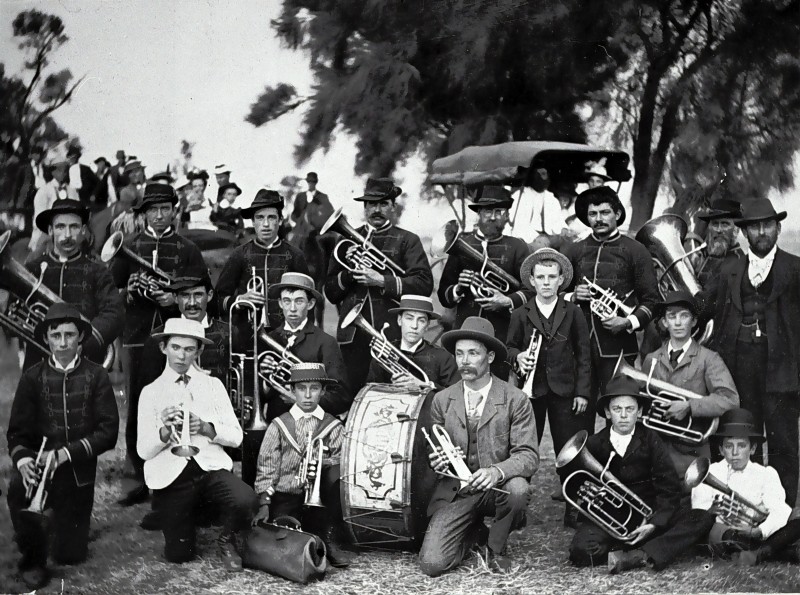
Rhythm, breath and well-being
10 October 2022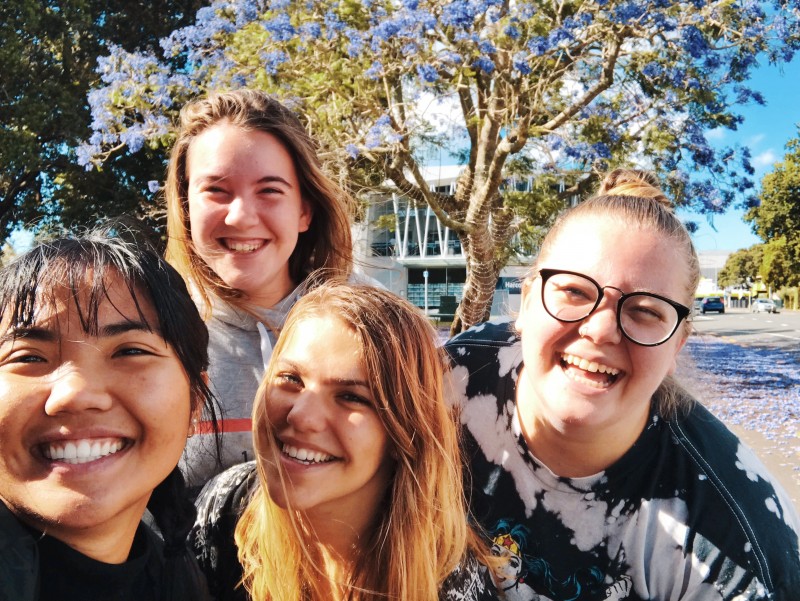
Breath is an important part of the Rhythm for Reading programme. We use our voices as a team in different ways and this engages our breath. In the early stages of the programme we use rapid fire responses to learn the names of musical notes and our breath is short, sharp and strong - just like the sounds of our voices. Even in the first session of the programme we convert our knowledge of musical notes into fluent reading of musical notation and when we do this our breath changes. Instead of individual utterances, we achieve a flowing coherent stream of note names and our breath flows across the length of the musical phrase for approximately six seconds. This time window of between five and seven seconds is a universal in human cultures. Did you know that the majority of poems are organised rhythmically into meaningful units of between five and seven seconds in duration?
A long slow exhalation is associated with calming the nervous system, even though the energy in the Rhythm for Reading session is playful and the sense of teamwork is energising. The unity between the children and teachers taking part in the programme fosters a sense of belonging which further boosts well-being alongside the calming effect of the long slow exhale.
When I first meet teachers, they often share that they feel anxious about reading musical notation, but one of the most beneficial aspects of taking part, is that our long slow exhale as a group is actually an effective way to sooth anxiety. The smiles at the end of the first musical phrase show a powerful release of emotional tension through the unity of rhythm and breath.
Fluency, Phonics and Musical Notes
26 September 2022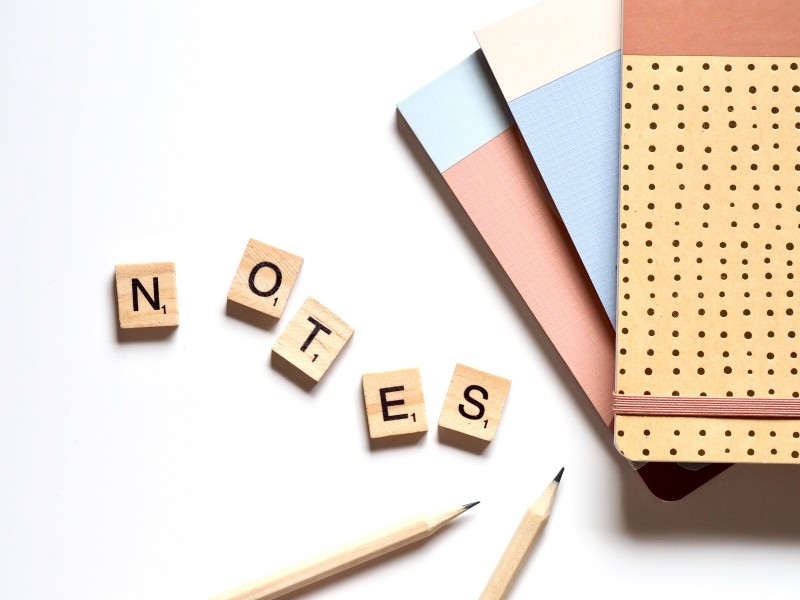
The phonics wars raged back in the days leading up to the publication of the 2006 Rose Review. The value of synthetic versus analytical phonics was one of the key educational debates of the decade. At that time, the fragile readers that I was working with as part of my PhD, struggled to decode a simple C-V-C word (consonant-vowel-consonant) such as ‘cat’. I was glad that, following the publication of the Rose review all children would be taught systematically to recognise letter-to-sound correspondence, as well as being explicitly taught to recognise the smallest sounds of language. It was unacceptable to me at that time that the phonemes of simple three letter word such as ‘c-a-t’ were a new discovery for vulnerable children at nine years of age.
Below the radar of the mainstream media, music educators were digging deeply into their own entrenched positions around the teaching of musical notation. Unfortunately, these ideologies and their false narratives have limited access to the development of important musical skills and musical knowledge. Decoding musical notes (like any other form of reading) opens up access to participation in a multicultural global community. In the case of music, this community consists of performers, listeners, arrangers, publishers and composers, who engage across ever-expanding musical genres, including sound tracks for video games, film and television. Music educators’ ideologies have limited access to creative opportunities for too long.
Most children start school with thousands of words and hundreds of melodies in their heads. Yet, in schools and music studios, one of the most limiting and perhaps most misunderstood ideologies stemming from high profile music educators, is that of ‘sound before symbol’. Music teachers have been told for decades that best practice involves singing and naming the shapes of tunes using doh, re, mi. Only when the tune has been learned ‘by ear’, are the visual symbols introduced. The idea that a sound must be taught before introducing a symbol to represent it, has a certain logic, but sound does not need to be taught in this way because sound is processed incredibly rapidly in the auditory system and was the first of our sensory processing systems to reach full maturity in utero.
Ofsted’s July 2022 publication supports moving away from the principle of sound before symbol and recommends a stronger commitment to the teaching of musical notation as a part of a broad and balanced curriculum. In the teaching of reading, automated phoneme-to-grapheme correspondence is the key to the rapid development of fluency. Indeed this usually involves presenting the sound with the symbol using rapid response multi-sensory teaching methods. In the Rhythm for Reading programme, we teach sound with symbol correspondence using a rapid response multi-sensory approach to musical notation and therefore prioritise fluency as the overriding goal.
Get in touch by visiting the contacts page if you would like to boost reading fluency in a ten-week period and gain the additional benefit of teaching every child to read musical notation fluently in the very first session of the programme.
Fluency is not just our goal, it’s our foundation
20 September 2022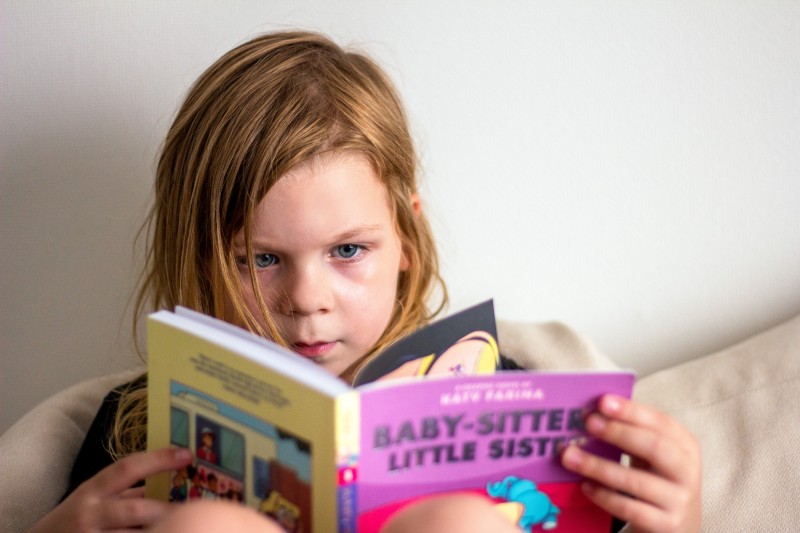
I believe that together, as educators on a mission to make a difference, we can raise standards in reading. The Rhythm for Reading programme offers a mechanism to achieve this. The programme provides a cumulative and structured approach that supports inclusive teaching and learning.
For instance, in the programme, there is absolutely no need to break down tasks. We strive to lighten the cognitive load on working memory and a light cognitive load is an inbuilt feature of the programme. This is why pupils experience the satisfaction of reading musical notation fluently in the very first week of the programme.
Although most curriculum subjects encourage specialisation in speaking or writing or problem-solving, our approach is multi-sensory and we develop the rhythmic sensitivity of the children in a range of different ways. And so, though its systematic approach, the Rhythm for Reading programme celebrates the multi-sensory elements of music-making.
On the one hand, the materials and resources of the programme are designed to sustain the fluency of the children’s reading, and on the other hand we adapt the level of challenge by working with the children’s ears, eyes, voices, hands and feet in ever-changing combinations.
The programme engages working memory with sensitivity. It systematically strengthens cognitive control across the ten weeks by gradually increasing demands on cognitive flexibility week by week. In each weekly session, the pupils build up their repertoire of routines and techniques. Ease is maintained all the while, supporting fluency and control in the execution of all the tasks. Most importantly of all, the primary goal is to support an ethos of inclusivity by maintaining the pupils’ emotional security at all times.Fluency is established at the start of the Rhythm for Reading programme and it is maintained right through to the end of the ten weeks. Fluency is not just our goal, fluency is our foundation.
7 Reasons why goal-setting matters more than you might think
1 September 2020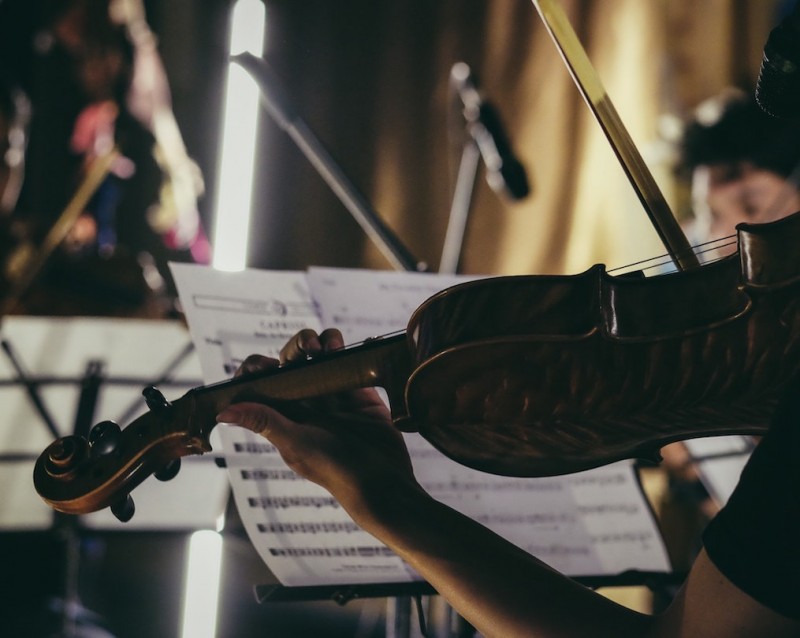
Mastering a musical instrument takes years of dedication. A music teacher who has already spent a lifetime on this journey, is the guide along the way and travels the path to mastery with every student. She knows exactly where each student is in terms of making progress and can describe in great detail what is happening in the music lessons.
Given that the music teacher offers a path to mastery and has lived that path every day for decades- why would goal-setting really matter?
Here are seven reasons why:
1. Goal-setting renews the relationship between the teacher and student. This is a life-affirming conversation in which the teacher can welcome each student back after a break and say to them, “I believe in you…I know you can do this”. Goal-setting offers the most uplifting start to the new term and can inspire a fresh new wave of commitment to making music with passion and vitality.
2. Goal-setting can alleviate stress. If I was a teenager right now, I would be feeling very sad without my musical ensembles - I adored being immersed in music with my friends and we had so much fun during the summer. Our students are likely to be suffering the loss of their musical ensembles and missing the buzz of group music-making. Organising remote concerts on a weekly basis as an important part of goal-setting will offset musical isolation.
3. Goal-setting clarifies the context. September is always a month of change. Perhaps your student has a new school, new travel arrangements, new responsibilities, or new musical or sports opportunities. With the excitement of a fresh new start, there will also be a demanding process of transition to consider. Settling into a new school takes at least six months - relationships with teachers and friends need to be built gradually over time. Being aware of your student’s challenges and opportunities this September clarifies what’s possible. This matters because it’s essential that goals are realistic and can be reached.
4. Goal-setting sets the tone for the term. Aspirational students like to set up a new routine at the begin of the school year. When and where have they scheduled their music practice? Whether your students are aspirational or not, a goal-setting conversation is the perfect way to guide them in choosing the best possible time for music practice. Take care to cultivate their ownership of this process, but also to protect them from feeling overwhelmed or sliding towards perfectionism.
5. Goal-setting warmly embraces parental expectations. This conversation allows the teacher to share with the parent a timely segment of their over-arching vision for the student. Each goal is anchored to the teacher’s expertise - and here’s a gentle reminder that this expertise often has a lineage reaching back through generations of dedicated teachers. Parents want to be informed and guided by an expert teacher; confidence in goal-setting allows a music teacher to demonstrate that their expertise is grounded within an organised and methodical system.
6. Goal-setting helps to align our teaching practice with our musical purpose. Stephen Covey is know for recommending that we ‘Begin with the end in mind’ - this is the second habit from his book, ‘The 7 habits of highly effective people’. This phrase applies to goal-setting. All the goals we set for music-making lead us to the very centre of our musical aims - our ‘why’ - our inspiration. It might be the memory of attending a special performance, a vision for playing with ultimate freedom of expression, or simply to feel the sublime expansion of pure creativity. The ‘why’ is our purpose. It inspires our musical values. These influence the way that we teach by guiding our decisions, our priorities and our aspirations for all our students.
7. Goal-setting strengthens the musical landscape at grassroots level. Since our musical world contracted in 2020, with socially-distanced concerts at the tip of a rapidly melting iceberg, the role that music teachers now play in cultivating the next generation of performers and audiences is of huge importance. We are responsible for ‘holding space’ for music and musicians. We are helping to sustain vibrant music making in our students’ homes, as well as lighting up musical horizons in every community through the transformational power of our teaching. We are not on our own. Music examination boards such as ABRSM are still supporting music teachers by offering practical and theory exams during the pandemic.
I hope these ideas about goal-setting offer some encouragement as we continue remote and socially-distanced teaching. If this post has resonated and you would like to explore these ideas a little further, I’ve created a three short videos about setting-goals. Click here for the videos and to leave a comment or ask a question click here .
A New Wave for Music Education?
2 August 2020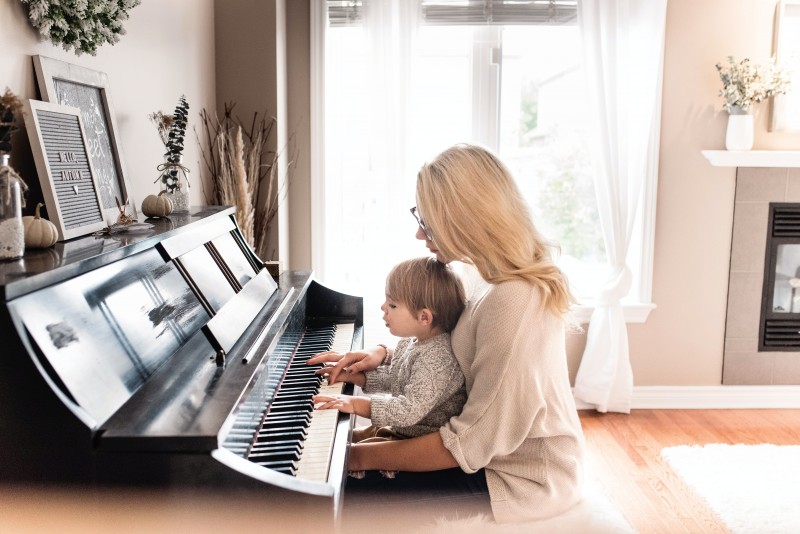
Yes, I’m probably wearing rose-tinted glasses… but as old ways recede, something new always appears.
New creative potential is springing up out of the constraints of COVID because life does that. I am not suggesting that every family is looking for a music teacher right now, but given that we may face a second wave of the virus in the autumn, many parents will be giving thought to how they might structure their child’s home life. This is an opportunity to strengthen musical engagement from the roots up.
Here are ten reasons why a new wave for music education and a new concert-going audience is likely to appear.
1. Children and young people have not taken part in their usual clubs and activities for a long while and need a challenge this autumn.
2. Parents have not spent money on the usual wide range of activities for their children and some are looking for life-affirming, structured activities that can enrich their children’s lives.
3. Parents and children have spent more time together, staving off boredom and frustration. In September, it will be time to start something new.
4. Instrumental music lessons establish weekly goals, a step-by-step approach and a learning gradient that is tailored to each individual child.
5. Instrumental music teachers guide parents by explaining how best to support their child’s daily music practice.
6. There’s more time to practise musical instruments and many music teachers have seen accelerated progress in recent months.
7. Remote teaching can be a little challenging, but it does work well and it’s more convenient in many ways as parents save time and money in terms of travel; remote teaching also helps to keep the air cleaner for this reason.
8. There are exciting, new opportunities to take up a musical instrument, as many brilliant professional performing musicians are now beginning to teach online.
9. We don’t know what will happen to the world of live music in the next few months, so a real shift towards teaching rather than performing is currently taking place.
10. This period of uncertainty might be exactly what is needed to spark an enormous new wave for music education.
If you are a music teacher and this resonates with you, let me support you further. Click here to sign up for my free video series on improving students’ focus in under five minutes, or here to leave a message.
